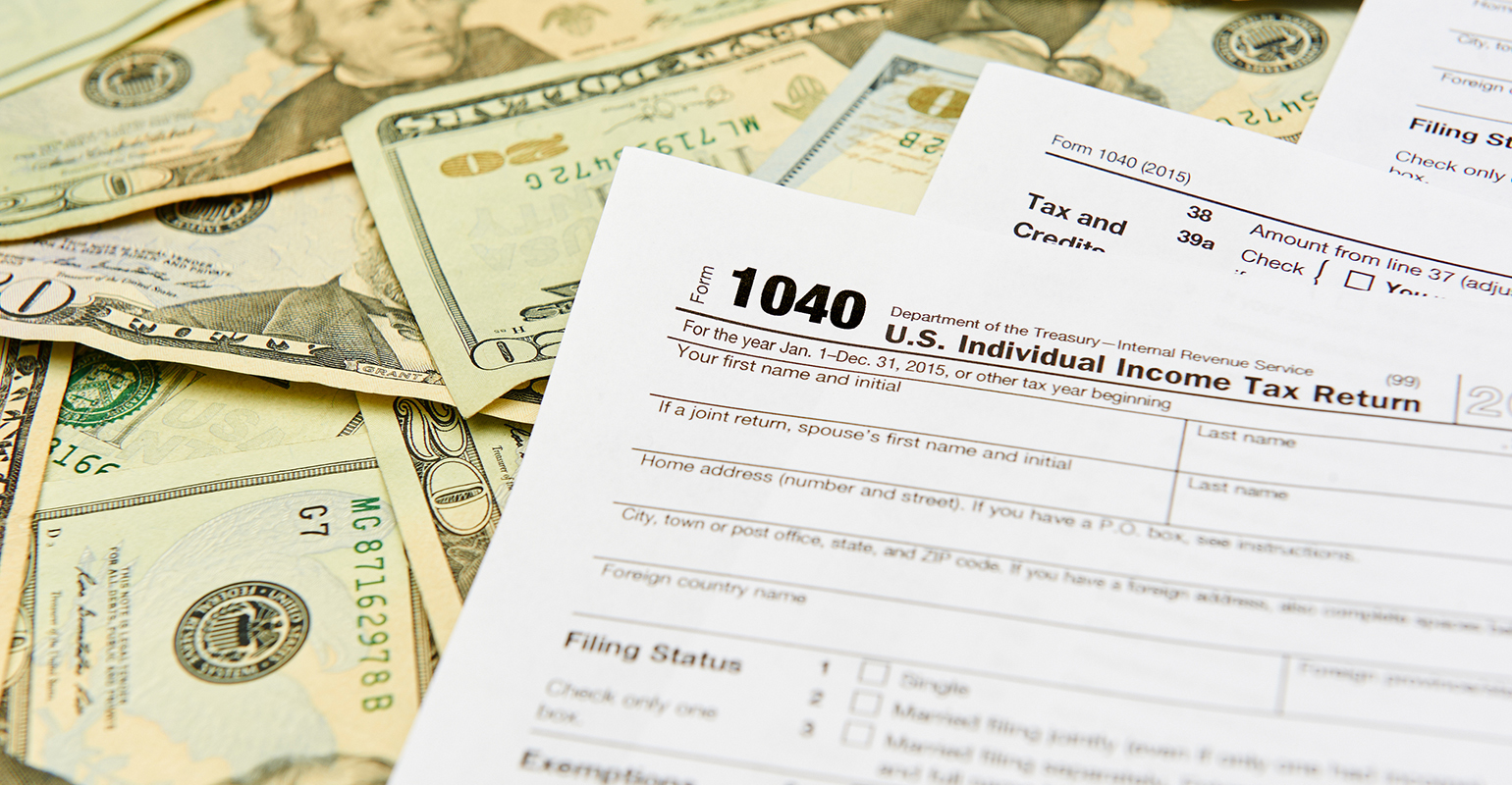[ad_1]
(Bloomberg) — Taking funding losses doesn’t really feel good, however performed proper, it could decrease your tax invoice and increase after-tax returns.
Tax-loss harvesting is the wonky time period for a method that permits you to use losses to offset taxes on capital positive aspects owed if you promote at a revenue. These funding losses can offset positive aspects not simply from different securities, however from positive aspects on the sale of a house or enterprise.
Even with the S&P 500 up greater than 20% in 2023, traders can nonetheless use this technique, based on Mary Lukic, head of tax-advantaged fairness at Northern Belief Asset Administration.
“We see loads of alternative to lock in losses earlier than yearend,” she mentioned. Greater than a 3rd of S&P 500 securities are within the crimson.
Not solely can losses assist handle capital positive aspects, they might be used to offset atypical earnings. You probably have losses however no capital positive aspects, or have internet losses even after offsetting capital positive aspects, a few of these losses could be deducted in opposition to atypical earnings, as much as $3,000 a yr. Losses you do not use in a single yr could be carried ahead indefinitely for future use as properly.
“We consider this as a year-round technique,” mentioned Monali Vora, head of wealth funding options at Goldman Sachs Asset Administration. “You are able to do it virtually each month, topic to the market.”
Vora and Lukic each mentioned that tax-loss harvesting can add between 1% to 2% to after-tax returns yearly.
How It Works
Relying on how lengthy you’ve held a inventory, capital positive aspects taxes could be fairly painful.
Tax on long-term positive aspects — positions held for greater than a yr — is both 0%, 15% or 20%, relying in your taxable earnings and submitting standing. Positions held for a yr or much less, nevertheless, are taxed as atypical earnings. For prime earners, that’s a 37% federal charge, and capital positive aspects taxes in high-tax states comparable to New Jersey, New York and California can push the speed to round 50%.
Learn extra: What You Have to Know About IRS Tax Adjustments for 2024
Furthermore, tax-loss harvesting is extra than simply promoting losers to offset positive aspects. The thought is to promote losers after which substitute them with holdings that preserve your portfolio with the identical general composition — the identical publicity to sure industries, or consistent with any benchmark index your portfolio is supposed to trace.
That may be just a little difficult. Traders aren’t allowed to take a taxable loss in a safety, after which simply purchase that place proper again.
The so-called “wash-sale” rule requires that the identical safety, or what the IRS calls “a considerably comparable” safety, not be purchased inside 30 days earlier than or after the sale. Spouses can’t purchase that identical or comparable safety for his or her portfolio throughout that interval, both.
An instance that will be allowed, nevertheless, is changing a place in Moderna Inc. — which is down about 50% this yr — with shares of Pfizer Inc. to take care of the same stake in health-care corporations.
The identical may very well be performed with shares like Normal Mills Inc. (down 20%) and Campbell Soup Co. (down 23%), or CVS Well being Corp. (down 19%) and Walgreens Boots Alliance Inc. (down 31%).
Every of these corporations have completely different danger profiles than their friends, nevertheless, so it’s good to dig into firm particulars to seek out one of the best match.
Harvesting ETFs
Tax-loss harvesting can be performed with exchange-traded funds. For instance, you can substitute the SPDR S&P Regional Banking ETF with the iShares US Regional Banks ETF, or the World X Hashish ETF with the Cambria Hashish ETF. To just be sure you don’t violate the wash-sale rule, attempt to choose a alternative ETF that tracks a distinct index.
Some mutual funds have additionally distributed capital positive aspects this yr, which could be offset by tax loss harvesting.
Mutual funds usually incur capital positive aspects when their portfolio managers purchase and promote securities inside the fund, both to reposition a portfolio or to satisfy redemptions when purchasers pull cash out of the fund. If the safety has risen because it was bought, there will probably be a capital positive aspects tax. These taxes in combination get handed on to fund holders.
Funds with a few of the largest tax payments embody the Columbia Actual Property Fairness Fund, Delaware Ivy Worth Fund, Federated Hermes Kaufmann Massive Cap Fund and JPMorgan Tax Conscious Fairness Fund, based on Morningstar. All these funds are set to pay out greater than 20% in estimated distributions. (The capital positive aspects distribution on a mutual fund is expressed as a proportion of its internet asset worth, which is the fund’s belongings minus its liabilities, divided by the variety of shares excellent.)
The capital positive aspects for ETFs are normally a lot much less, resulting from their extra tax-efficient construction. Only a few ETFs are anticipated to distribute capital positive aspects for 2023, based on Morningstar.
Robo Companies
Consider, robo-advisors like Betterment and Wealthfront can do the work of tax-loss harvesting for you. Many have automated programs working all year long that promote securities at a loss to be able to offset different positions set to incur a achieve. Typically the algorithms can do that extra effectively than traders on their very own.
As an example, Wealthfront’s software program harvested $1.5 billion in losses in 2022. The typical potential tax financial savings was value 2.9% of a shopper’s portfolio worth, the corporate mentioned.
To contact the authors of this story:
Suzanne Woolley in New York at [email protected]
Claire Ballentine in New York at [email protected]
[ad_2]

